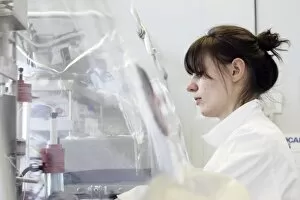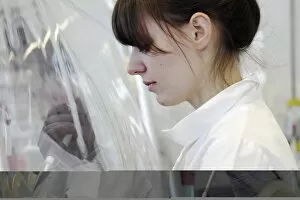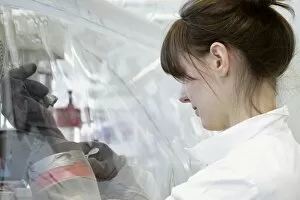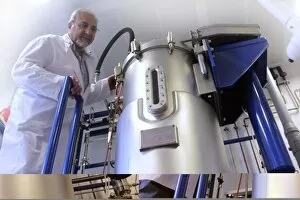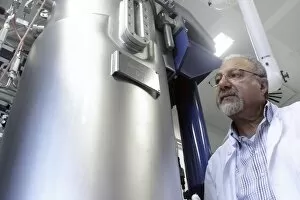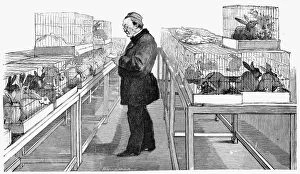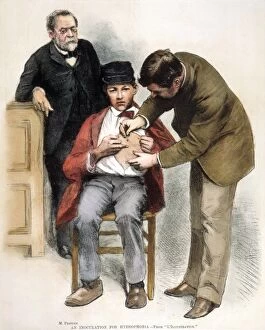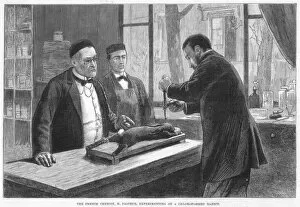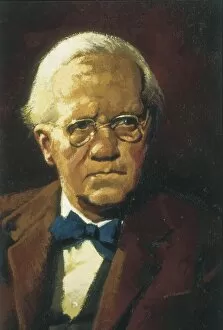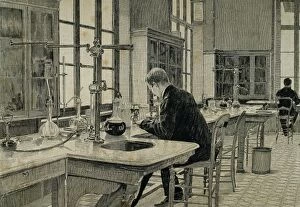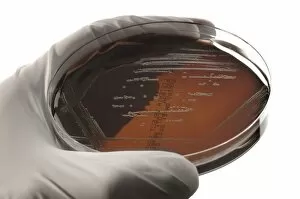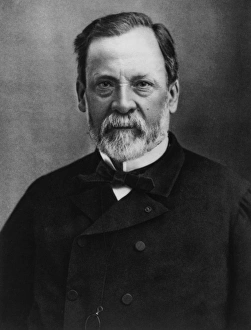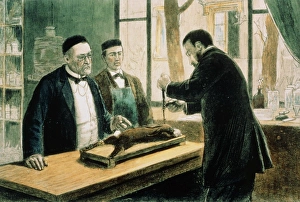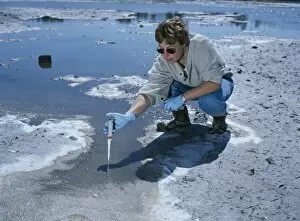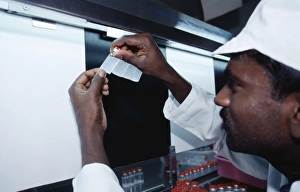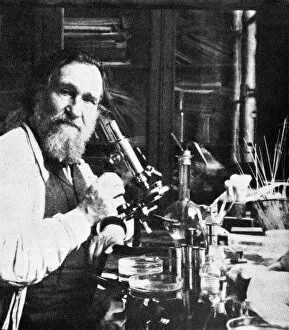Microbiologist Collection (#4)
Louis Pasteur, a renowned French microbiologist, revolutionized the field of science with his groundbreaking discoveries and contributions
All Professionally Made to Order for Quick Shipping
Louis Pasteur, a renowned French microbiologist, revolutionized the field of science with his groundbreaking discoveries and contributions. Born in 1822, Pasteur's name became synonymous with scientific excellence as he dedicated his life to unraveling the mysteries of microorganisms. In the late 19th century, a caricature depicting microbiology emerged, capturing the essence of this fascinating discipline. This image symbolizes how scientists like Pasteur delved into microscopic worlds to unlock secrets that were invisible to the naked eye. Nadar's photograph from 1889 immortalizes Pasteur himself - a man whose brilliance knew no bounds. His pioneering work laid the foundation for modern microbiology and chemistry, and is through his tireless efforts that we understand concepts such as pasteurization and germ theory today. The jubilee celebrations held in honor of Pasteur in 1892 marked not only his achievements but also highlighted society's recognition of his invaluable contributions to humanity. His legacy lives on through countless lives saved by vaccines developed under his guidance. One notable example is Pasteur's successful vaccination against anthrax in sheep—a breakthrough that forever changed veterinary medicine. His dedication extended beyond animals; he also worked tirelessly on developing treatments for human diseases like rabies. Unknown creators captured Jacob D. Cox and Louis Pasteur during different periods—both men contributing their expertise towards advancing scientific knowledge during their respective eras. A chromolithograph depicts an iconic moment when Louis Pasteur inoculated a patient against rabies at the prestigious Pasteur Institute—an institution founded by him to further research and treatment methods for infectious diseases. Microbiologists like Louis Pasteur continue to inspire future generations with their unwavering commitment to unraveling nature's smallest yet most powerful entities—the microbes that shape our world.















